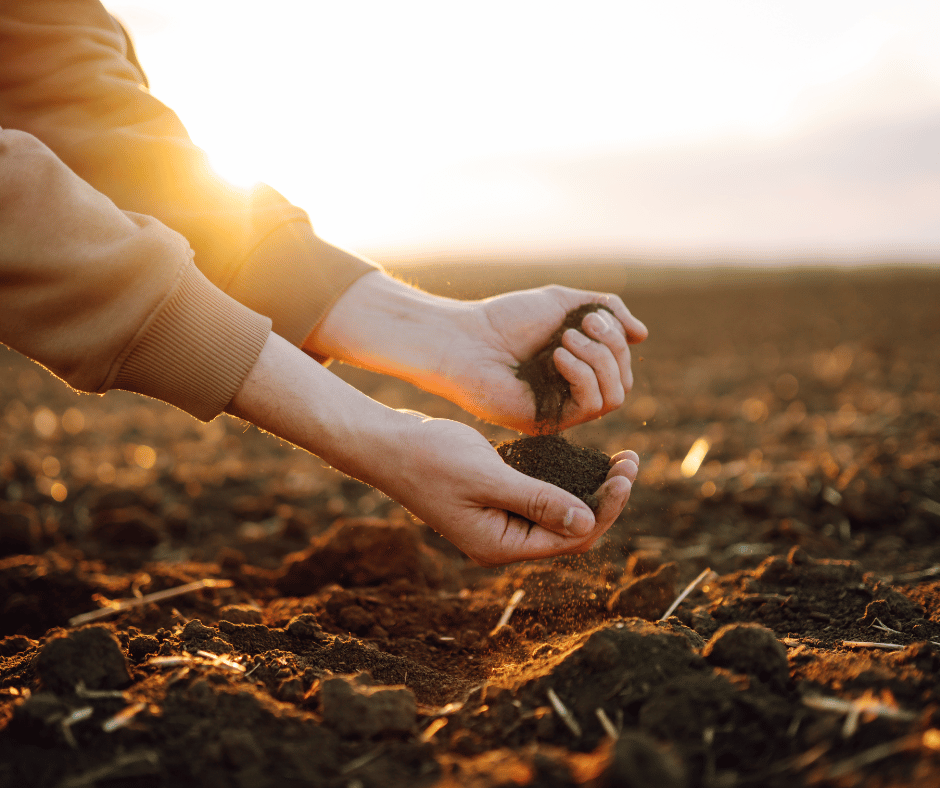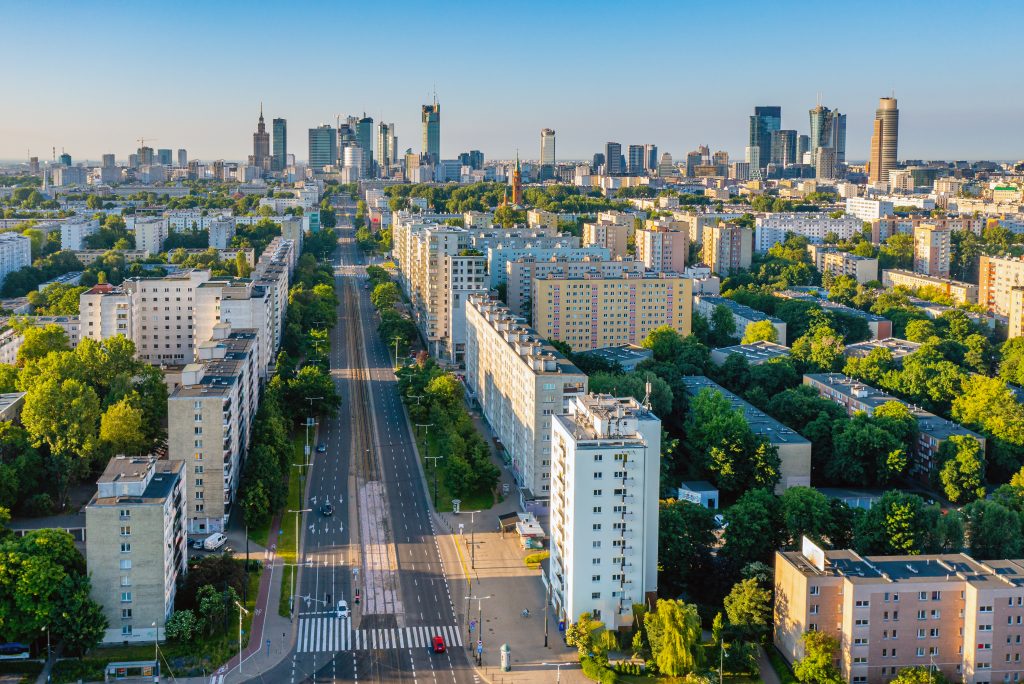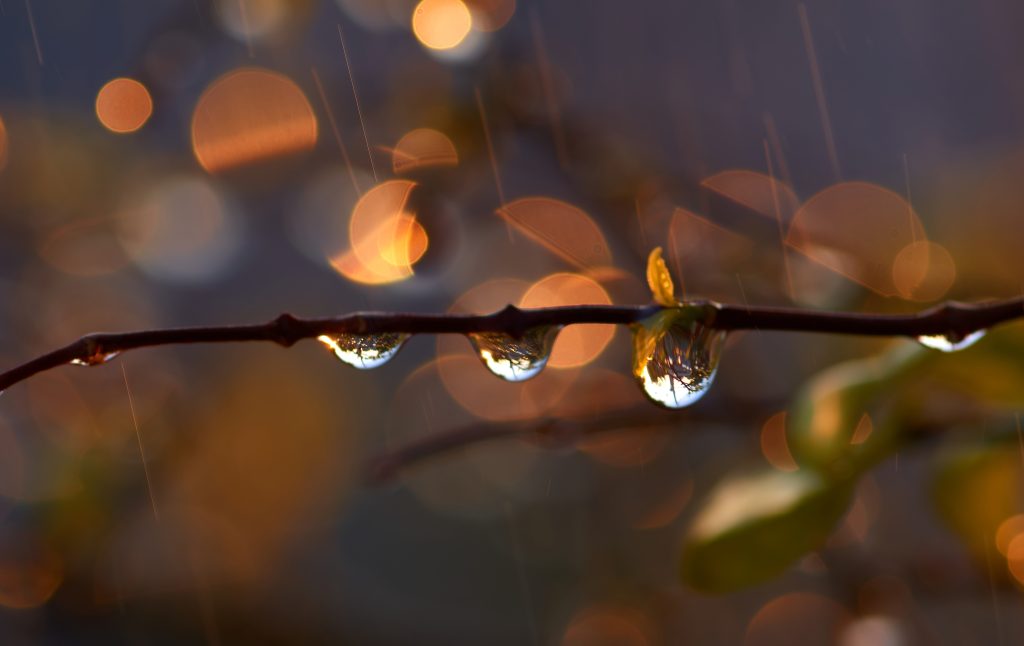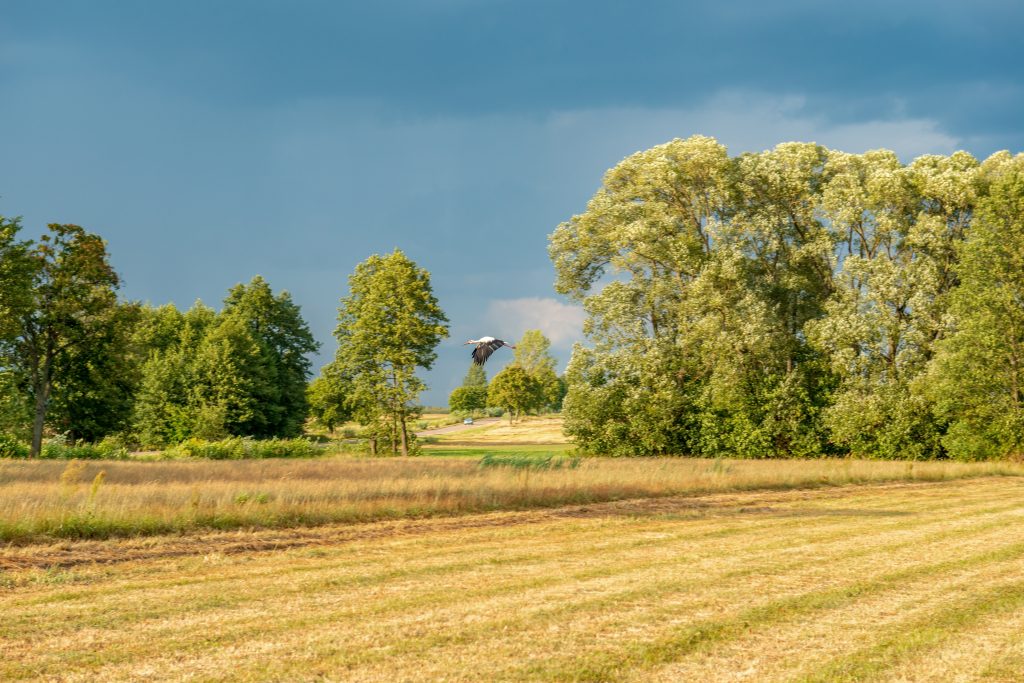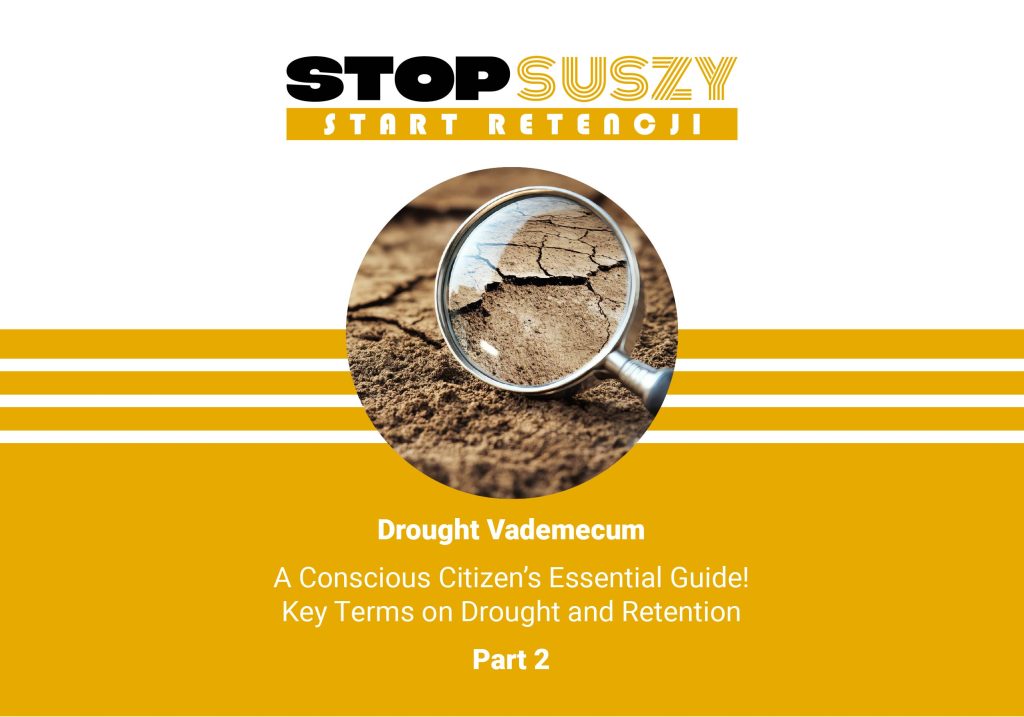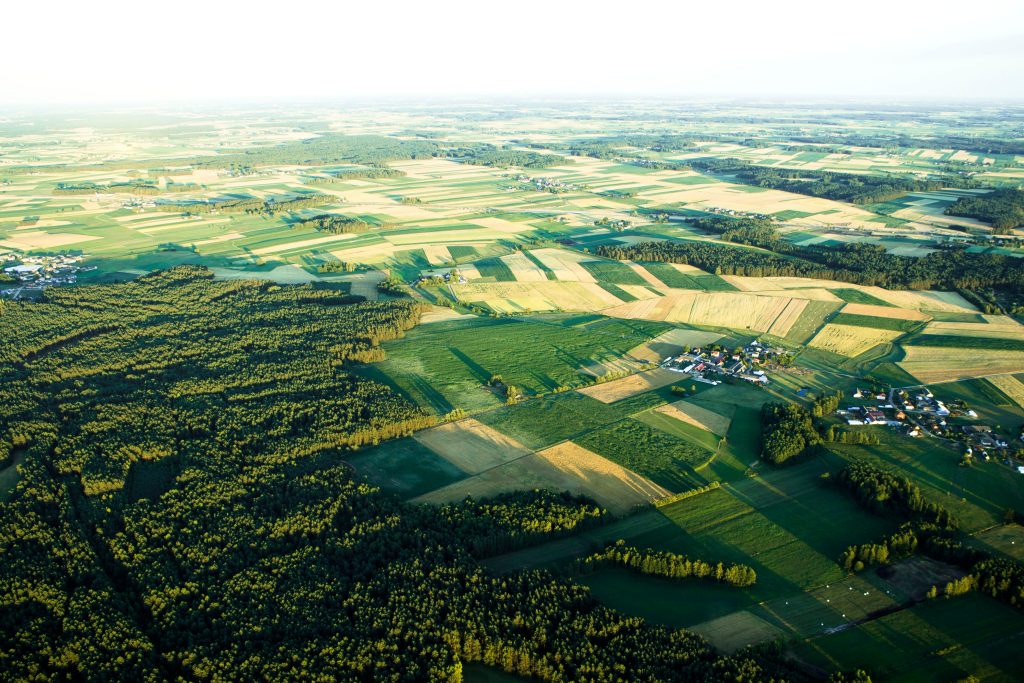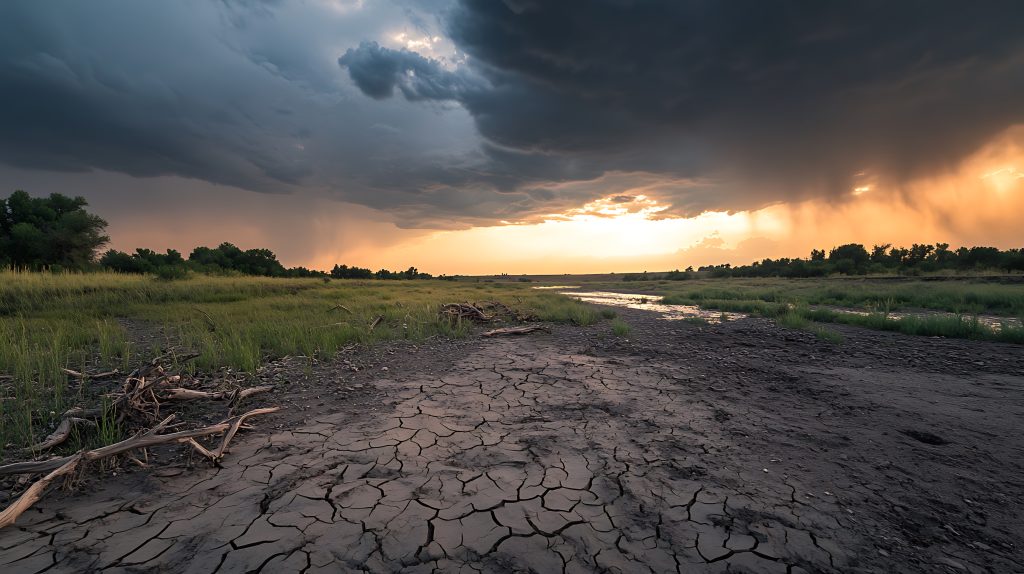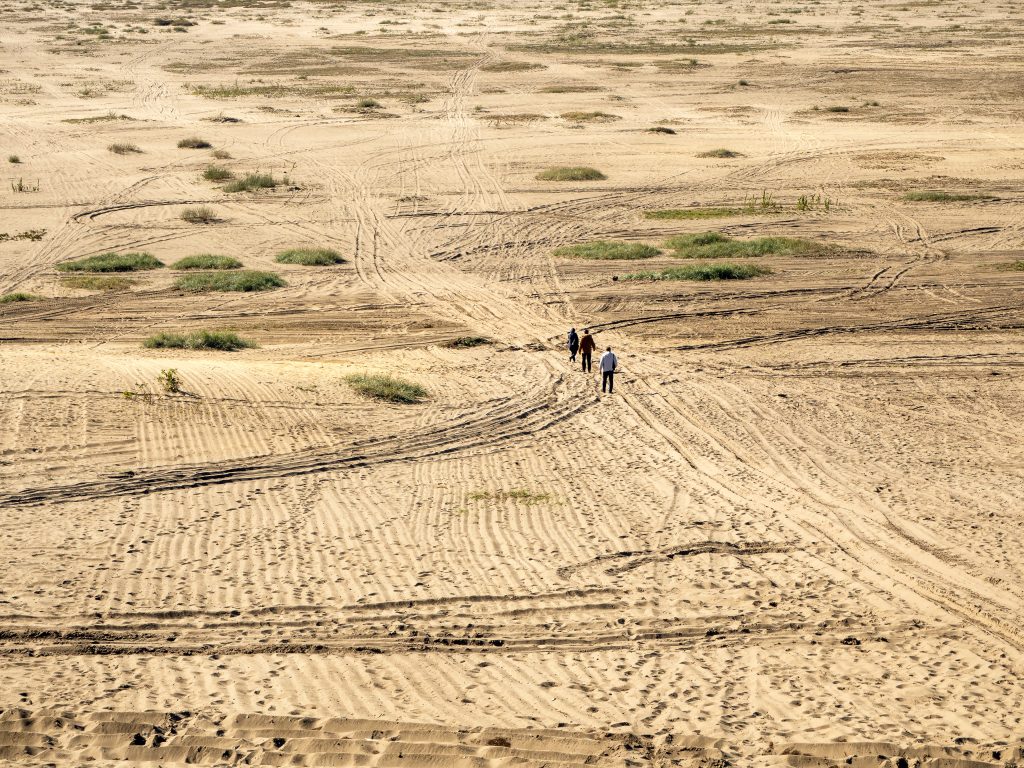The holidays are a time of tradition, lavish feasts, and culinary rituals passed down from generation to generation. However, in the throes of preparation, we often don’t have the time to consider how our holiday food choices and the amount of food we prepare impact the natural environment, especially water resources. With the global water crisis growing and the drought in Poland becoming increasingly serious, our food choices are becoming increasingly important – not just what we eat, but also how much we prepare and how much we throw away. Every food product has a “water footprint,” or the amount of water used to produce it, from the field to the moment it reaches our plate.
Tag Archives: stop drought
Soil plays an invaluable role in nature. It provides space for plants to grow, stores water, filters pollutants, and supports countless biological processes. It is the foundation of our food security, the key to a stable water cycle, and a natural barrier protecting ecosystems from degradation. However, we don’t always remember this.
On October 20th, we celebrate International Landscape Protection Day, established by the Council of Europe at the initiative of Poland. This date was chosen to commemorate the signing of the European Landscape Convention in Florence in 2000. The General Directorate for Environmental Protection proposed establishing this day because, then and now, its goal is to raise public awareness of the value of landscape, its impact on quality of life, and the need for its protection.
We usually associate drought with summer – with parched lawns, wilting plants, and the need for frequent watering. However, we must remember that the problem of soil water deficiency affects all seasons. Although autumn is often perceived as a time of frequent rains and a respite from gardening, it is actually a crucial time to prepare the garden and farm for the coming season. Now is the time to take steps to better retain water, store it, and improve plant health in the coming months.
The summer of 2025 was a particularly contrasting period in Poland in terms of water balance. Although the water balance indicator itself is complex and takes into account both inflows (including atmospheric precipitation, surface and groundwater recharge) and losses (evaporation, plant transpiration, surface runoff), in practice its development depends primarily on precipitation and air temperature, which influences the intensity of evapotranspiration (including evaporation from soil surfaces and water bodies, as well as plant transpiration).
September is not only the beginning of the school year, but also an ideal opportunity to reconsider the challenges facing each of us. The beginning of 2025 was very dry – many regions of Poland experienced a lack of rain, rivers and lakes reached record lows, and farmers and gardeners struggled with water shortages. Such phenomena have become increasingly frequent in recent years, and forecasts indicate that drought could be one of the greatest challenges of the 21st century.
This year’s harvest has concluded. It’s a good time to review current practices and consider what we can do to improve soil health, increase drought resistance, and manage water more sustainably, as well as how to prepare for the next harvest. We discuss this with Patryk Kokociński, a farmer who irrigates his fields naturally, utilizing landscape retention water. Thanks to his efforts, the “Życie na Pola!” Association for the Protection of Mid-Field Landscape was also established.
A few hours of rain are enough for lawns to turn green and flowers to bloom. For this reason, many people believe that drought is an easily reversible problem, and that a week of heavy rain is enough to stave off a prolonged drought. However, hydrology isn’t so simple. Drought is a complex, multi-stage, and often hidden phenomenon, and its reversal depends not solely on the previous week’s weather. Short-term rainfall isn’t enough to address the consequences of drought. But what does effective “irrigation” actually look like?
Every year, on June 17th, we celebrate the World Day to Combat Desertification and Drought. This date was established by the UN General Assembly in 1994, marking the 31st anniversary of the adoption of the UNCCD
Drought is affecting Polish cities here and now. It’s not just a problem for farmers, affecting the quantity and quality of crops. We’re also dealing with it in cities, both large and small.

 PL
PL


